Tomb of King Suro (수로왕릉)
Tomb of King Suro (수로왕릉)
– Homepage
tour.gimhae.go.kr
– Tel
+82-55-332-1094
King Suro founded the Garak Kingdom in AD 42 and married Heo Hwang-ok, a princess from the Indian country of Ayuta, in AD 48. He was the founder of the Gimhae Kim family. Heo Yeop, a Yeongnam governor, gave the tomb its current look in the 13th year of the reign of King Seonjo (1580). The tomb compound includes various buildings, including the Sungseonjeon (where the ancestral tablets of King Suro and his queen are kept), Anhyanggak, Jeonsacheong, and Jegigo, as well as stone structures, such as a sindobi (tombstone) and gongjeokbi (monument established to pay homage the deceased). The tombstone in front of the royal tomb was built in the 25th year of the reign of King Injo (1647) of the Joseon dynasty. The name Sungseonjeon was bestowed on the tomb by King Gojong in the 21st year of his reign (1884).
– Address : 26 Garak-ro 93beon-gil, Gimhae-si, Gyeongsangnam-do
※ Presentation Information
– Capacity
5,000 people per day
– Parking
Not available
– Day Off
N/A (Open all year round)
– Operating Hours
March–October: 08:00–19:00
April–September: 08:00–20:00
November–February: 09:00–18:00
– Available Facilities
Tour facility, convenience facility, etc.
– Restrooms
Available
– Admission Fees
Free
◎ Nearby Tourism Infobox
⊙ Sureungwon Garden (수릉원)
View detailed guide on Korea Trip Guide →
– Homepage
tour.gimhae.go.kr
Sureungwon Garden is a place themed around the meeting between King Suro, the founder of Gaya, and Queen Heo, who was the princess of Ayuta Kingdom, known as India. The name Sureungwon Garden also contains the meaning of an elegant forest where King Suro and Queen Heo walked together. An ecological park measuring 39,600 m2 has been created along a low ridge that connects the Tomb of King Suro, an important cultural heritage of the Gaya period; the Ancient Tombs in Daeseong-dong, the tombs of the Gaya kings; and the Bonghwang-dong Historic Site. It was created by representing the maritime kingdom of Gaya, imagining a pond of the garden where King Suro and Queen Heo used to walk, and planting prickly waterlilies and yellow floating hearts that are believed to have inhabited wetlands in the Gaya period. Trails along the cozy forest and pond make it easy to look around comfortably.
⊙ Gimhae Korean-style house [Korea Quality] / 김해한옥체험관 [한국관광 품질인증]
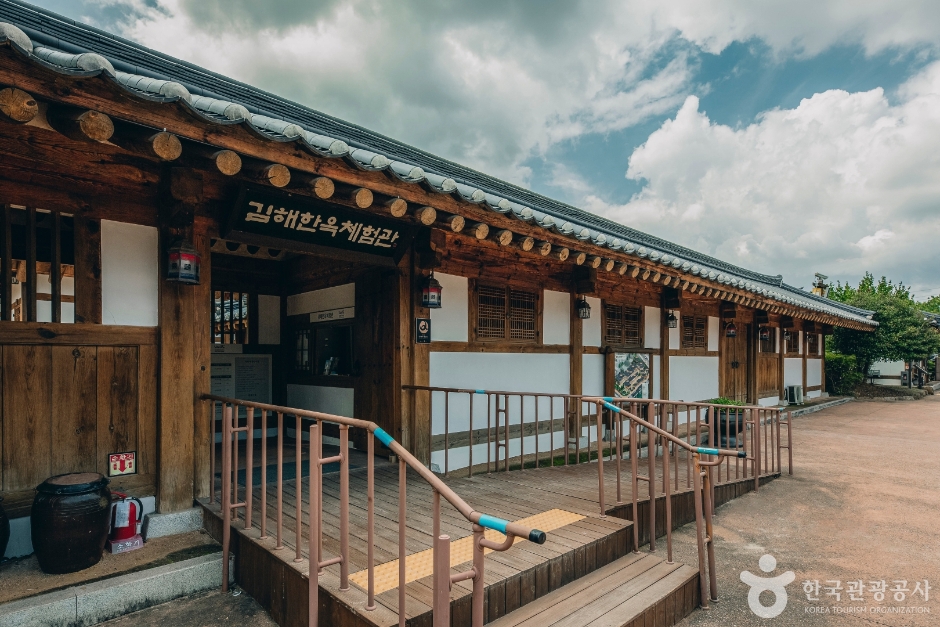
– Homepage
https://www.ghhanok.or.kr
– Tel
+82-55-322-4735~6
The Hanok Experience Center in Gimhae, Gyeongsangnam-do, offers guests a taste of old-time hanok life. Rooms are furnished with traditional items, while the spacious wooden floor can be used as a meeting room. Rooms in the sarangchae are on the small side but have an upper floor with scenic views. The room in the annexe building has a traditional sleeping mat surrounded by a large folding screen, and feels like a scene from a historical drama. Each room has a modern bathroom, There is a traditional experience program, and information services in English and Japanese.
⊙ Museum of the ancient tombs in Daseong-dong (대성동고분박물관)
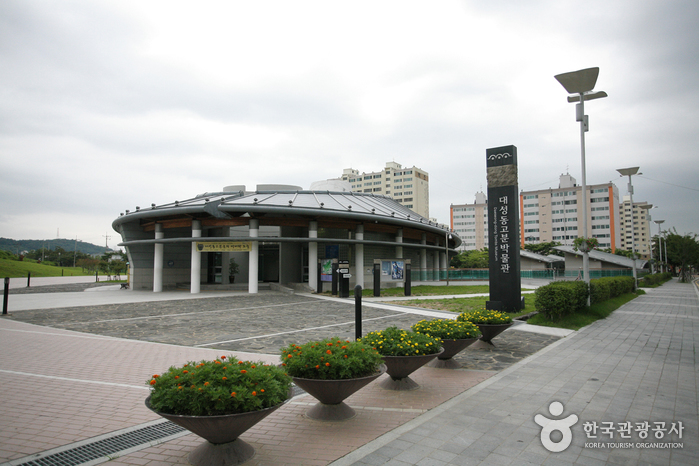
– Homepage
ds.gimhae.go.kr
– Tel
+82-55-350-0401
The Museum of the ancient tombs in Daseong-dong displays artifacts unearthed from the four excavations of the Daeseongdong Tumuli. Highlighting often overlooked relics of the Geumgwan Gaya, the museum has three ground-floor exhibit halls and several underground auxiliary facilities. The main exhibits include a life-sized statue of a mounted soldier and a warrior statue, both recreated based on bones excavated from the tumuli of Yean-ri. The museum relies heavily on videos and dioramas to help visitors explore all the museum has to offer.
⊙ Dongsang Market (동상시장)
– Homepage
www.ds-market.co.kr
Formed in 1945, Dongsang Market is a lifestyle-centric traditional market that offers a slew of daily necessities like vegetables, fruits, rice cakes, fishery products, and side dishes, as well as a popular alley specializing in Kalguksu (noodle soup). Designated as a cultural tourism market in 2017, it has since evolved into a vibrant space where traditional Korean culture harmoniously coexists with diverse global cultures. As more foreign workers have begun frequenting the market in recent years, a number of Asian grocery stalls have opened. In particular, vegetables favored by Southeast Asian customers, ritual foods, and Kalguksu (noodle soup) have become local specialties.
⊙ Muji – Shinsegae Gimhae Branch [Tax Refund Shop] (MUJI 신세계김해)

–
⊙ Coach – Shinsegae Department Store Gimhae Branch [Tax Refund Shop] (코치 신세계백화점 김해점)

–
⊙ Uniqlo – Shinsegae Gimhae Branch [Tax Refund Shop] (유니클로 신세계김해)
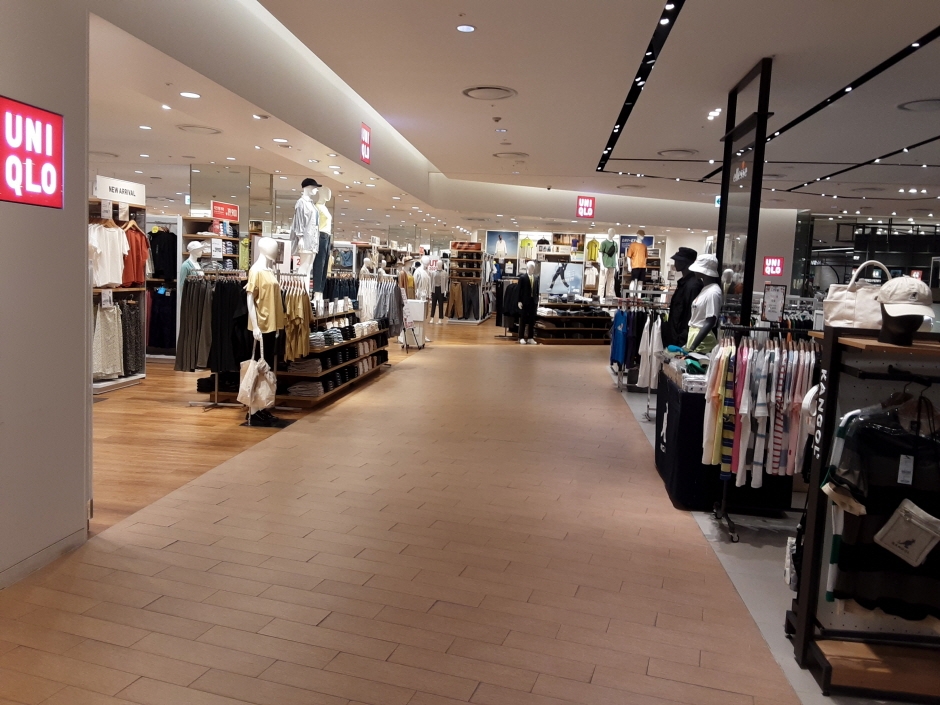
–
⊙ Galaxy – Shinsegae Department Store Gimhae Branch [Tax Refund Shop] (갤럭시 신세계백화점 김해점)
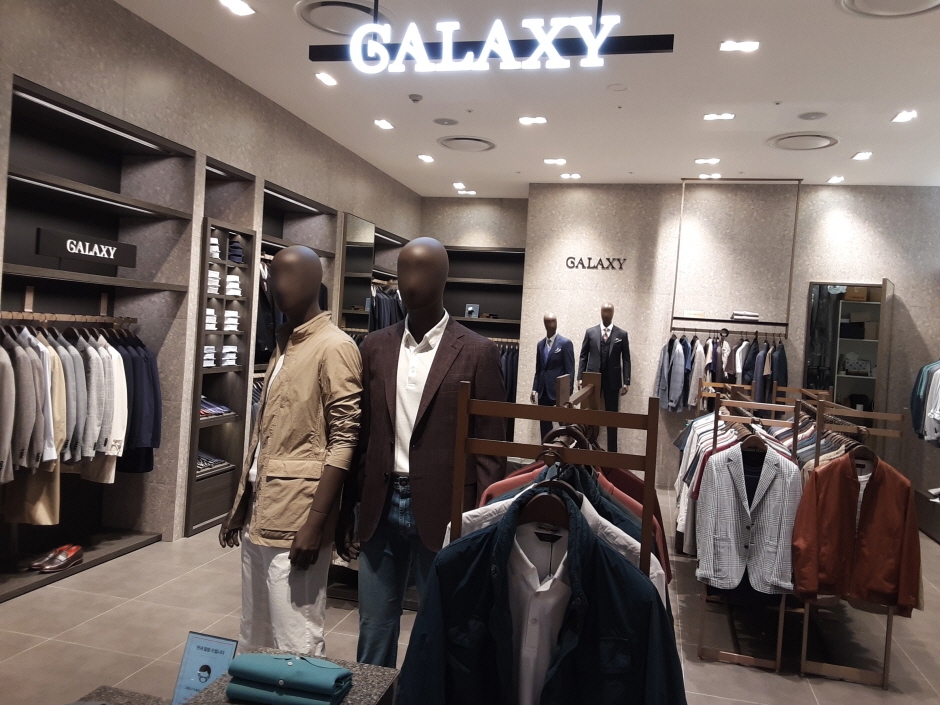
–
⊙ Shinsegae Department Store – Gimhae Branch [Tax Refund Shop] (신세계백화점 김해)

–
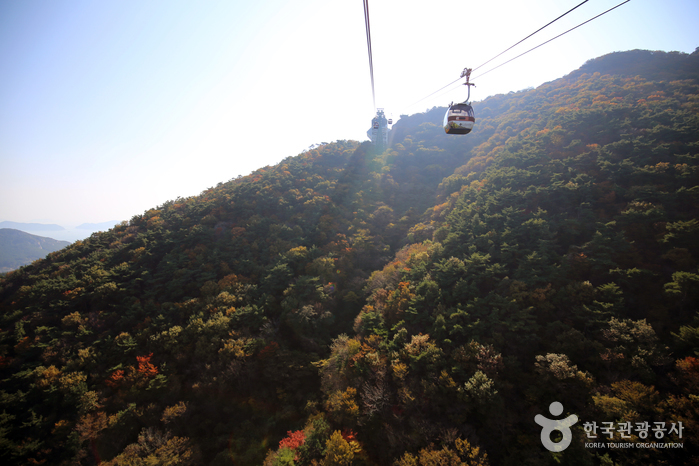
![Coach – Shinsegae Department Store Gimhae Branch [Tax Refund Shop] (코치 신세계백화점 김해점)](https://ktrip.blogsailing.com/wp-content/uploads/2025/11/2885932_image2_1-768x576.jpg)
![A.Tion Fashion Polham – Lotte Gimhae Branch [Tax Refund Shop] (에이션패션 폴햄 롯데김해)](https://ktrip.blogsailing.com/wp-content/uploads/2025/11/2886210_image2_1-768x576.jpg)
![The Prime Hotel [Korea Quality]프라임호텔[한국관광 품질인증]](https://ktrip.blogsailing.com/wp-content/uploads/2025/11/2949318_image2_1.jpg)